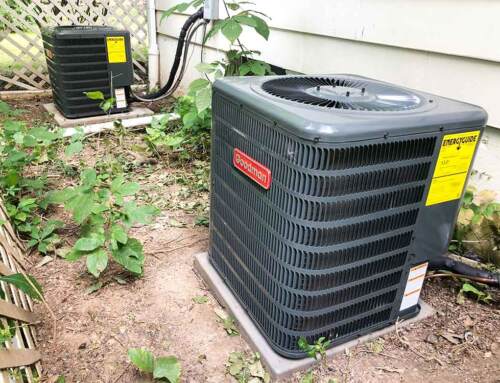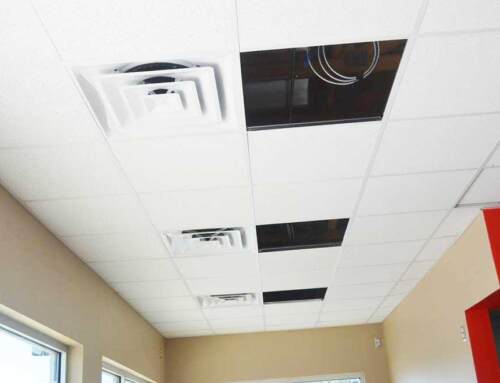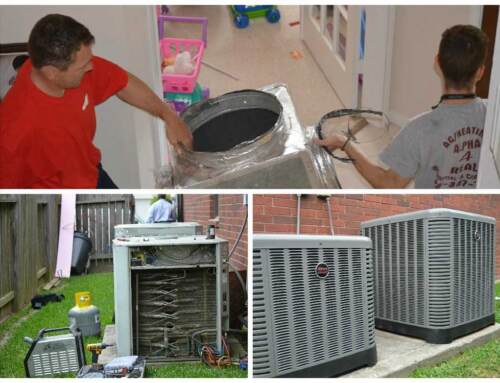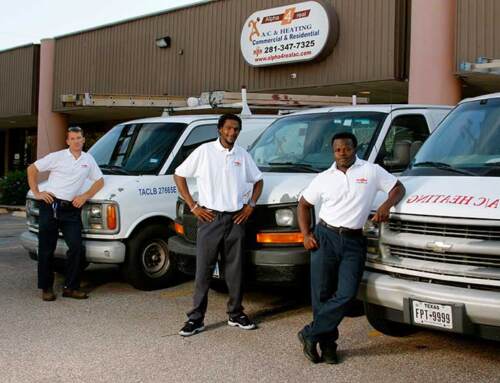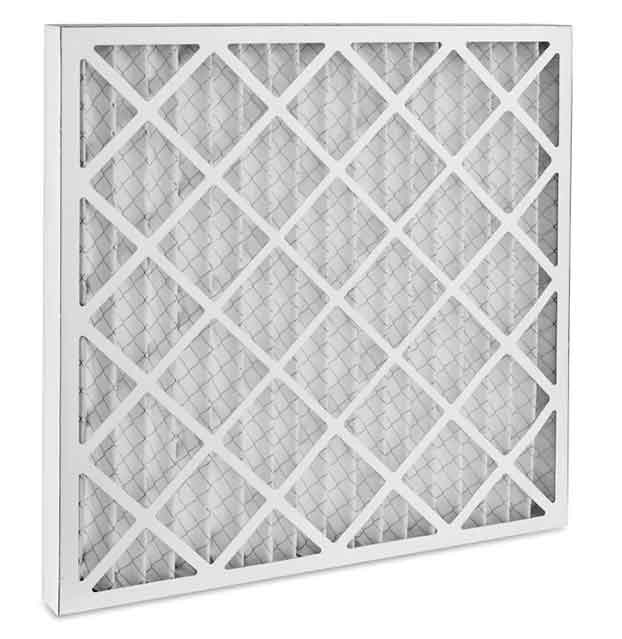
By Brenda Ashaka
Alpha 4 Real AC Repair & Service, Katy, TX
Furnace and AC air filters aren’t created equal. Different air filters capture different amounts and sizes of particles.
So how can you tell what air filter can trap what particles? Enter the MERV rating, a standard that tells you how capable and effective an air filter is.
Being an industry standard, the MERV rating comes in handy when comparing different filters.
When you go to buy a replacement air filter, you will have to specify what MERV rating you want.
Keep reading to learn what the different air filter MERV ratings mean and how to decide what MERV rating will serve you best in your home or business premises.
What Is MERV Rating on Air Filters?
MERV is an acronym for Minimum Efficiency Reporting Values. It describes how effective an air filter is at capturing airborne particles and stopping them from circulating in the air you breathe.
This rating chart dates back to 1987. It was established by the American Society of Heating, Refrigerating and Air-Conditioning Engineers (ASHRAE).
The Different MERV Ratings and their Meaning
The MERV rating system has two numbers. The microns indicates the size of particles the filter can trap while the percentage indicates the filter’s worst possible performance at capturing particles of a particular size.
The MERV rating scale ranges from 1 to 16 and can go all the way up to 20.
The higher the MERV rating, the smaller the particles and the higher the amount of contaminants an air filter can trap. Air filters with the lowest MERV ratings can only stop large particles.
Here is an overview of what the different MERV ratings can capture and how effective they are at filtering different sized particles.
MERV 1-6
Filters 3-10 microns at 20-50% efficiency.
Particles captured include dust mites, dust lint, pollen, fibers, saw dust, and pet shedding.
MERV 8
Filters 3-10 microns at 85% efficiency.
Particles captured include dust mites, dust lint, pollen, fibers, saw dust, mold spores, cement dust, paint dust, and pet dander.
MERV 10 -11
Filters 1-3 microns at 50-65% efficiency.
Filters 3-10 microns 85% plus efficiency
Particles captured include dust mites, dust lint, pollen, fibers, saw dust, mold spores, cement dust, paint dust, and pet dander.
MERV 12-13
Filters 1-3 microns at 80-90% efficiency.
Filters 3-10 microns at 90% plus efficiency.
Particles captured include dust mites, dust lint, pollen, fibers, saw dust, mold spores, cement dust, paint dust, pet dander, lead dust, coal dust, smoke, nebulizer, humidifier dust, odors, bacteria, viruses and legionella.
MERV 14-20
Filters 0.3 – 1 microns at 75-85% efficiency.
Filters 1-3 microns at 90% plus efficiency.
Particles captured include dust mites, dust lint, pollen, fibers, saw dust, mold spores, cement dust, paint dust, pet dander, lead dust, coal dust, smoke, nebulizer, humidifier dust, odors, bacteria, viruses, legionella, microscopic allergens, radon progeny, and copier ink fumes.
What MERV Ratings Suit Residential, Commercial, and Industrial Applications?
MERV Rating 1-6
Air filters with the lowest MERV ratings are used in residential, commercial, and industrial facilities. The filters in residential furnaces and window air conditioners are at this level.
MERV 8 to 13
This is the recommended MERV rating range for homes and business premises. Filters at this level can catch most contaminants and maintain high-quality indoor air without compromising airflow and furnace efficiency.
MERV 14-20
The most capable and efficient air filters are designed for the most sterile environments and situations that require medical-grade air quality.
These facilities include medical rooms, surgery centers, pharmaceutical manufacturing facilities, and radioactive and carcinogenic storage/processing facilities.
What is the Best MERV Rating for Home Use?
The ASHRAE recommends a MERV rating for residential HVAC systems of 8-13.
Air filters at this level strike the perfect balance between air filtration and energy efficiency. They work in harmony with your furnace and air conditioner to maintain healthy indoor air while minimizing energy bills.
See Also: What is Air Balancing and Why is it Important for Your Home?
Whether you need a MERV 8 or 13 air filter comes down to your unique situation. MERV 8 filters are the standard for residential furnaces.
If you have pets or anyone in your household suffers from allergies or asthma, consider a higher rated air filter with a MERV 12 or 13 rating.
Are Furnace Filters with the Highest MERV Ratings the Best?
Although air filters with the highest MERV ratings are the most effective at eliminating airborne pollutants, allergens, and pathogens, they are not necessarily the best.
The tight weave and tiny pores on these kinds of air filters also restricts airflow. This can cause your HVAC system to overwork in order to push air. The end result is poor indoor air quality, decreased energy efficiency, and increased energy bills.
Air filters with the highest ratings are also more expensive, get clogged easily, and require replacement more often.
The MERV Rating vs MPR and FPR Rating
The MERV rating is the industry standard but not the only rating system for air filters. The other ratings include the Micro-Particle Performance Rating (MPR) and Filter Performance Rating (FPR).
The MPR rating rates air filters based on the ability to capture microscopic particles from 0.3 – 1.0 microns while the FPR rating uses a number scale ranging from 4 to 10 as well as a color coding system. The higher the FPR rating, the smaller the particles the filter can block.
Wrapping Up
The MERV rating on filters is a standard that tells you how efficiently an air filter can remove contaminants of different sizes. The MERV scale ranges from 1 to 20.
Air filters with MERV ratings of 1 to 13 are suitable for homes, offices, commercial premises, and industrial buildings.
The highest rated filters with MERV ratings of 14 to 20 are designed for highly sterile environments such as medical, radioactive, and carcinogenic facilities.

